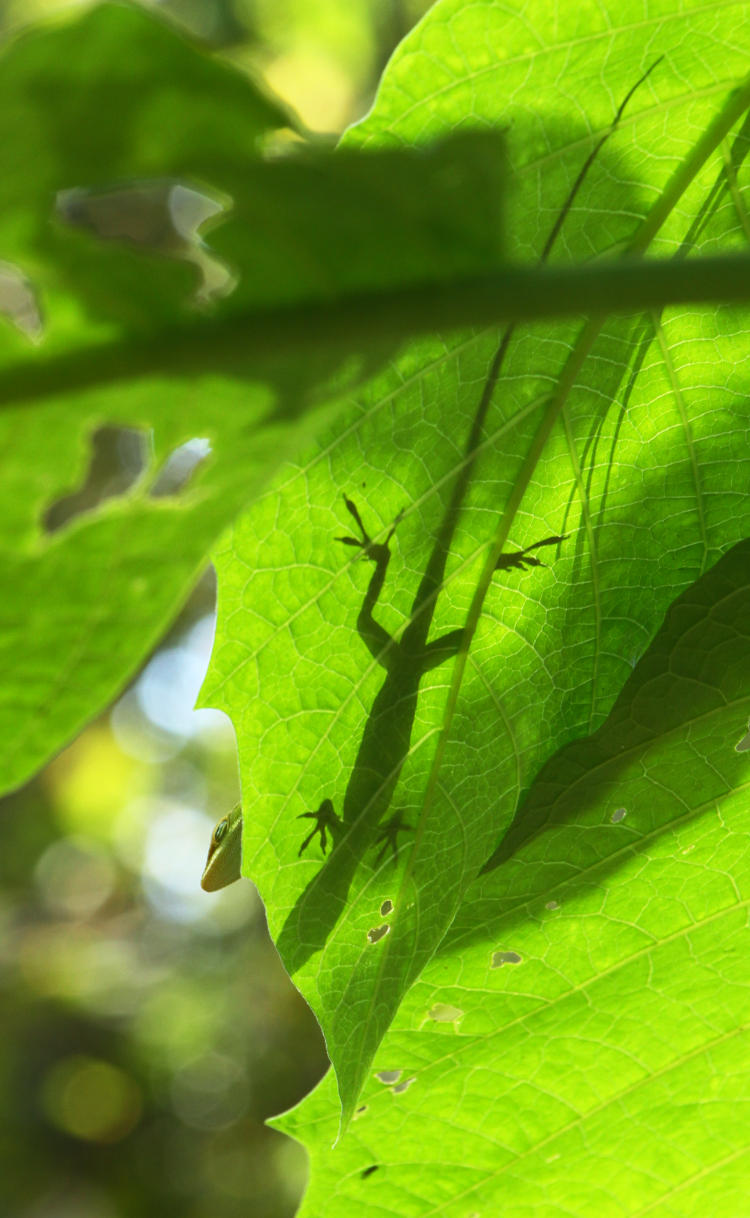Once again we delve into the question of why science doesn’t seem to take a particular subject seriously, and this one was appropriate for the month. Countless websites – some frivolously, some seriously – are featuring and soliciting their own selections of ghost stories, and of course there are (or were) various video series showing intrepid investigators sussing out the spirits inhabiting the creepy locales of choice; I admit to never watching any of them and only catching their antics peripherally. Personally, I consider the belief in ghosts – not just the delight in stories, mind you, but the actual standpoint that they’re indicative of something else – to be a strong evidence that critical thinking capabilities are sadly lacking. Nonetheless, we’ll take a look at this from the more scientific approach, because that’s what the topic is intended to address. So let’s see why these stories are not treated as something worth investigating.
The mind/soul aspect. The entire premise relies upon the concept that the mind, or soul or life force or what-have-you, exists beyond the point of physical death, coherently and with deliberate actions of varying degrees. This is multi-layered all on its own, but to be brief, there remains no evidence whatsoever that this could possibly be the case. Where the idea came from could be endlessly speculated upon (which we’ll touch on below,) but it’s no secret that religion hypes this aspect as a principle trait, though the nature of it, and the reasons behind why this would be a trait, vary from religion to religion. Given the cultural emphasis on souls and life after death, though, it’s easy to see why so many people feel that it’s a plausible concept.
Physically, though, the ‘mind’ is entwined with the brain, and cannot even be defined dependably. It suffers from damages or even temporary chemical alterations to the tissue, it degrades over time, and it changes constantly – even with the bare act of ‘remembering’ past events. Life experiences can vanish entirely through trauma, and there even remains the idea that we don’t ‘record’ or ‘experience’ events, but interpret them according to our own particular inclinations – amusingly, the reaction to strange occurrences like a creaking house is a prime example. So by what method or physical force is this supposed to suddenly transcend the physical limitations at death?
There’s more to this too. The brain collates the input from all of our senses – indeed, this is entirely what ‘memory’ is made up of – and gives these appropriate weights and importance according to the biological imperative: we find someone attractive, we like this smell because it indicates good sustenance, we dislike this person because they threaten us in some way, real or imagined. The brain improves the function of the body, which is mostly concerned with survival and reproduction, and virtually all of our senses, desires, and bare thought processes are at least colored by these, but very often driven entirely to those ends. Without a physical body, the brain/mind really has nothing to so. Moreover, it has no method of interpreting the ‘outside’ world at all – is a ghost supposed to see without eyes, hear without ears? How, and why? Do they need to be aware of some supernatural threat, like the ghosts of wolves or something? Should they find someone attractive, or even annoying?
Then there’s basic physics. Our bodies only function with the constant metabolism of chemical energy, and our brains convert this into electrical impulses – without these, the whole edifice crashes irretrievably. Again, we can see the effects of this easily, even to the point of noticing that poor nutrition is linked to poor cognitive development. Yet after death, this input suddenly isn’t needed, and the mind can continue to function in some way, up to and including in a completely human manner? If this was possible, why would the living body be so constrained and crippled by the necessity of this sustenance?
Which brings up the supernatural ‘intentions’ aspect: it must be god that’s doing it, for reasons that we can’t fathom but continue to insist are there anyway (so many arguments in such situations aren’t reasoned explanations, but mere clutching at straws.) This is where the whole afterlife thing comes in – except that ghosts specifically depart this entire plan, regardless of what it is, and continue to function with no apparent end in sight. Does it make sense that whatever deity we want to name imbues the soul with this self-motive function, outside of physics, but then allows it to thwart the rules? We often hear the phrases, “unfinished business,” or, “interrupted life,” in regards to hauntings, but without the ability to complete these, it’s a self-defeating idea, and more than a little sadistic from a creator that leaves things hanging in that manner.
The appearance. Lots of fun with this one. Even if we cavalierly accept the idea that these disembodied minds are functioning for unknown reasons in unknown methods, why are they even human looking? Why do they appear in ‘period dress’ so often? Does a ghost even have need of arms, much less an apron or boots? The immediate argument is often along the lines of, “That’s what they’re used to,” but are they also used to vanishing to unknown places or walking through walls? Not eating, not sleeping, basically ‘existing’ in this manner for a few seconds at a time and then spending the rest of it, what? But despite these distinct factors, ghosts still feel obligated to put the waistcoats on? Is it supposed to make the living feel more at ease for those periods between their sudden inexplicable appearances and disappearances? Pay attention to the various stories, and see if you can determine the rules of engagement.
This says nothing of the various ghost ships and buses and whatnot, which demonstrate that no one has made the slightest effort to critically examine these phenomena. Does the merchant vessel have a soul, based upon its memories of being an inanimate wood structure? Hey, at least trees are living, but I have yet to find a story of those ghosts, much less cows and beetles. And what kind of unfinished business does the bus have? Is it tormented by not completing that one particular run to Ixtapan de la Sal? Should I be worrying that my keyboard can feel anxiety?
The bare physics of appearance is problematic as well. What we see is light – that’s it; we know how our eyes work, and they’re specific to a pretty narrow portion of the spectrum as well. To see an apparition – especially one with specific details and capable of fooling us that it’s real – it would have to have a physical existence to reflect this light in perfectly normal ways, including colors and textures. Which most people don’t even fully understand, much less could consciously or unconsciously duplicate faithfully. Worse, most of the ghost photos and recordings that exist fail to correspond with a great many of the stories, where witnesses could dependably and in great detail describe the appearance and dress of the ghost, yet what’s captured on film/video are more often blobs and shadows and other such incredibly vague shapes, as well as whispery indistinct noises. Why the disparity? Film and video also work in very distinct ways that we’re intimately familiar with, and so their ability to capture things that were, “not visible by anyone standing there,” is entirely backwards – film and video typically capture less than we can see, not more, and only in narrow circumstances can they capture portions of the spectrum that we cannot detect ourselves – this ability was certainly lacking in print films from even the last couple of decades, and films that could capture near-infrared, for example, render their images in visibly different ways. And while audio recording can be capable of capturing levels that we struggle with, they still rely on air pressure, plain ol’ physical vibrations, somehow produced without benefit of vocal cords or even lungs.
But what if it’s all in the mind? Yeah, that’s kind of my point.
No, what we mean is, what if the appearance and sound of ghosts is simply ‘implanted’ in the witnesses’ minds by the ghostly life force, instead of being physical? This has been suggested from time to time when believers are confronted with the contradictions, but it requires a) the development of this ability after death, and b) the intention and/or activation of the property for those interactions with the witness, generally briefly and to no apparent purpose. The whole Obi-Wan force ghost thing is a nice concept, manifesting for a specific and important goal, but 99% of ghost stories are fleeting glimpses, on rare occasions involving trivial vocal statements – but the ghost still has to get dressed to do this? And let me tell you, if I’m going to make a conscious ‘appearance’ in someone’s mind, I would not look like I do now – one lifetime is enough.
The weakness of the evidence. Despite the plethora of ghost stories that abound, throughout centuries and cultures and so on, there remains very little in the form of incontrovertible evidence. The vast majority are, naturally, stories, folklore handed down within cultures, often very specific subcultures, and there remains nothing that you can do with a story – it may be true, it may be false, it may be an honest mistake, it may be a hallucination. Just the bare fact that there is no way to determine if something is entirely made up makes all of them worthless – you can’t winnow down to the ‘useful’ ones. Like with UFOs, it is often argued that they can’t all be fake/hoaxes/et cetera – but it’s impossible to prove this. Moreover, such stories don’t even have to be fake, and can easily be simple mistakes blown out of proportion by suggestibility and wishful thinking – more on this below.
Little else exists, really. There are photos and video, but as indicated above, most of those are so vague that they’re not corroborative in any way, and it remains remarkably easy to fake such a thing, to say nothing of the myriad ways to record something not exactly physical – I can demonstrate this simply by aiming a camera into the sun, or capturing something well out of focus. As I said above, I don’t watch ghost hunter programs, but what little I’ve seen peripherally has been laughably inept, easy to fake and far too often a ridiculous misinterpretation of the ‘evidence.’ Waving an EMF meter around is good theater but execrable science, since we’re surrounded constantly by electromagnetic fields – it’s how our smutphones can be used anywhere, and is even emitted by a simple electrical outlet. That, in and of itself, is enough to force anyone with a basic understanding of science to roll their eyes and change channels.
Plenty of this ‘evidence’ is never examined by anyone with even a passing knowledge of investigation, or of the media involved – I’ve seen spiderwebs, drifting in front of the camera and illuminated by infra-red LEDS, passed off as ghosts, to say nothing of those that have no idea how easy it is to make an ‘orb.’ Industry techs know that magnetic tape (such as audio and video tapes) can never be fully erased, so reused tapes can easily contain traces of previous recordings, a major shortcoming of security cameras that keep recycling the same media. Even bugs on a lens, well out of focus, can create a mysterious shadow. If any investigator doesn’t know about these and much more besides, they shouldn’t call themselves an investigator. At all.
Moreover, people really do hallucinate, hear voices, see things, have waking dreams, and so on. Most of these are trivial, some are indications of health issues, and a few are serious mental illness. They often seem real enough to the witness, as our dreams do until we wake up. The way that we differentiate these, and demonstrate the creative and capricious nature of our minds? With a lack of physical, corroborative evidence…
It’s unclear what there is to investigate. Accounts are sporadic and random, even when numerous locales are considered, “most haunted.” Most accounts are only of an apparition, and impart no information beyond a visual phenomena which may not actually exist (more below.) In those rare accounts when a ghost speaks, it reveals no esoteric information – many consider ghosts to be unaware that they’re even dead, which makes interviewing them about the afterlife rather pointless, if not actually cruel. Countless rigs of recording equipment and long-term observations have revealed nothing noteworthy beyond a glimmer of something. Few even of the original eyewitnesses are alive anymore, nor seem inclined to present themselves for interviews from beyond the grave, and folklorish accounts cannot be mined for dependable data – it would be hard enough to even determine the original account. In terms of making an actual, controlled study, much less a replicable one, where should anyone start? And it’s unclear what information could be gained from this anyway, considering that witnesses rarely report anything of even trivial value, much less prescience or extra-mortal knowledge.
Even if we managed to prove that life or mental activity in some manner continues after death (and best of luck with that endeavor,) this doesn’t even support the religious doctrine that anyone might suppose, because far too many religions assert that this occurs, so narrowing it down to the correct one would take a lot more effort.
But there are so many accounts, and witnesses are so sure of themselves! Usually considered strong evidence, neither of these even comes close. Folklore can instill anything in people’s minds, and the simple idea that more than one person or source recounts it is enough for most people to believe that it’s therefore valid. Slenderman? J. Edgar Hoover’s sartorial choices? Hell, anyone can identify jesus on sight – yet there isn’t one single mention of his appearance anywhere. More specifically, stories get repeated based on how extraordinary they are, and quickly take on a life of their own (ah ha ha.)
As for witness confidence, there’s a vast difference between how sure someone is and how accurate they may be; one’s a mere emotion, while the other requires supporting facts. Those that have studied eyewitness accounts find that they usually have a distinct degree of inaccuracy to them, even to the point of being completely false – not necessarily through any conscious intention (hoaxing,) but through suggestibility and the mere desire for events to be a certain way. When someone complains that science doesn’t investigate ghost stories, they miss the overwhelming evidence that such things have indeed been researched, extensively, and the weakness of eyewitness accounts is a major stumbling block – see link at bottom. And as indicated above, they’re stories, with the minuscule weight that these have. Which leads to the next bit:
The psychological aspect. I am nowhere near qualified to speak at length on such matters, yet what little I do know could take several more paragraphs. We’ve already touched on suggestibility and the desire to relate extraordinary stories, which are significant factors that should always be considered right from the start. There is also the tendency for people to find human faces, shapes, and behavior in the slightest circumstances; moreover, a human shape is the thing that scares us the most, on a par with snakes and spiders to those with such phobias. We can get a huge startle reaction from a coat hung at shoulder level, if we’re not expecting it. Not only do horror movies exploit this routinely, it’s been an aspect of our fiction for centuries, and could well go much further back than that. Explanations for this are only speculative, to the best of my knowledge, but it’s safe to say that we’ll find a human shape with only the barest suggestion.
It’s also safe to say that those enamored of ghost stories will interpret countless experiences as supportive, far more than anyone who isn’t so inclined. Years back when my last cat passed away and the apartment was empty except for myself, I was surprised to hear how many creaks and thumps there were, which I had previously put down to the cats moving around. It should be noted that this was a duplex townhouse less than two decades old, and was extremely unlikely to have any history of deaths – naturally, a much older and more worn building is exponentially more likely to be making noise. At another point, I had also been staying in a truly old house for several days when a friend stopped by, and avowed that the place gave them the creeps. I’d noticed nothing at all, and found the place quite cozy. It might have been making extensive creaking and groaning noises the entire time, and I never noticed because it was fully expected from a house so old.
We, as a species, suffer from weak and unfocused peripheral vision, as well as optical phenomena like ‘floaters’ and merely seeing a reflection from the corner of an eye. If we’re already on edge from being in a ‘creepy’ place, how much effort do you think it takes to believe these are somehow not normal?
Hallucinations and dreams/nightmares cannot be discounted; we’re well aware that these are common, and while believers may find the mere mention of these to be disparaging, it’s a poor investigator that dismisses them automatically, especially when we have healthy documentation of things like sleep paralysis (virtually always recounted as not occurring during sleep, even when all the hallmarks are there) and the ‘third man factor.‘ Having our senses altered chemically is also a consideration, especially when we, as a species, are particularly enamored with doing so, whether it be a mere glass of wine or taking twice as many painkillers as recommended because, “they’ll work faster” (no they won’t.) We all know people who go a lot farther than that, as well. Should these dismiss any such ghost stories? No. Should we then treat them as perfectly accurate? Also no. The wise choice is to examine the accounts critically, but we should recognize that we already know countless mundane explanations; to call something paranormal, all of the potential normal causes should be effectively ruled out first.
We fear death, which is unsurprising; any species that didn’t probably wouldn’t (didn’t) last long. But curiously, we deny death, unwilling to accept that everything about a person vanishes when they die. We mourn, and feel that unmistakable empty feeling whenever we realize that can never see them or hear them again. It’s not hard to see that any claim that death is not a complete end eases this pain, and is accepted uncritically because we really want to hear it. I’ve been in countless religious discussions and the importance of the afterlife was not just a common theme, it rated among the most important, a clear factor against atheism – even when everyone understood why it’s hard to believe in. Ghost stories are that ‘proof’ of an afterlife that so many seek, even when they don’t tie in with any religious claims of what happens therein.
But what about the appearance of grandma, from someone who never met her before she died? Those are certainly damning, aren’t they? (Sorry.) But again, they’re stories, and, ‘story’ can still mean, ‘hoax.’ If we intend to treat the topic seriously, this means that interviewing the witness should be done as meticulously as police officers during interrogation – probably even stronger. First off, are we to believe that someone giving their accounts provided aspects of appearance in such detail that they couldn’t be mistaken about anyone else? Can you describe someone you met for ten seconds or so well enough to pin them down? Because this is a routine stumbling block with eyewitnesses to crimes – again, we’re well aware of these traits – so accepting any ghost story without such efforts is simply not taking the idea seriously. Can we be sure that the witness had no other source of information? Did others provide clues or details, inadvertently or by feeding the witness? (“Did she have little wire-rim glasses?”) There are, naturally, no pictures of grandma sitting on the mantlepiece or in a photo album on the coffee table, correct?
Very, very few so-called ‘investigators’ ever put this kind of effort into their work. Probably with good reason: most of their remarkable evidence would therefore vanish into thin air. There are a few that actually do – and they’re roundly disparaged because they’ve called too many accounts into serious question. But isn’t that what they were supposed to do?
The answer is actually, “No.” When someone has a favored idea, when someone loves reading and recounting ghost stories, they’re very frequently not at all welcoming to facts that diminish or dismiss such stories. We’re far too prone, as a species, to wanting indulgence, not accuracy; we’ll give extraordinary weight to ‘eyewitness confidence,’ and completely ignore inconsistencies or missing details. These are also well known, revealed by scientific studies – and part of the reason why those astounding ghost stories are far less impressive to those that understand human nature better.

If you want to know how a real investigation is performed, this paper and this paper go into specific detail and produce better answers than any paranormal investigator out there. Especially in the first, note how the investigator, who is also the witness, carefully analyzes what is being experienced without jumping to conclusions.
And anyone that deals even passingly with eyewitness accounts should be intimately familiar with the work of Dr Elizabeth Loftus, and while this video deals only peripherally with the kind of accounts that we’re addressing here, the overall message is crucial. I believe it was one of her earlier experiments, featured in a science magazine in the 80s, that helped foster my interest in [obsession with] critical thinking.
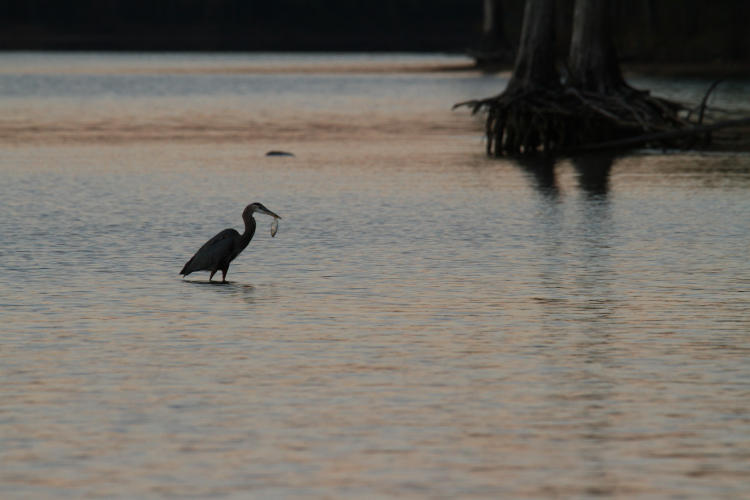






















































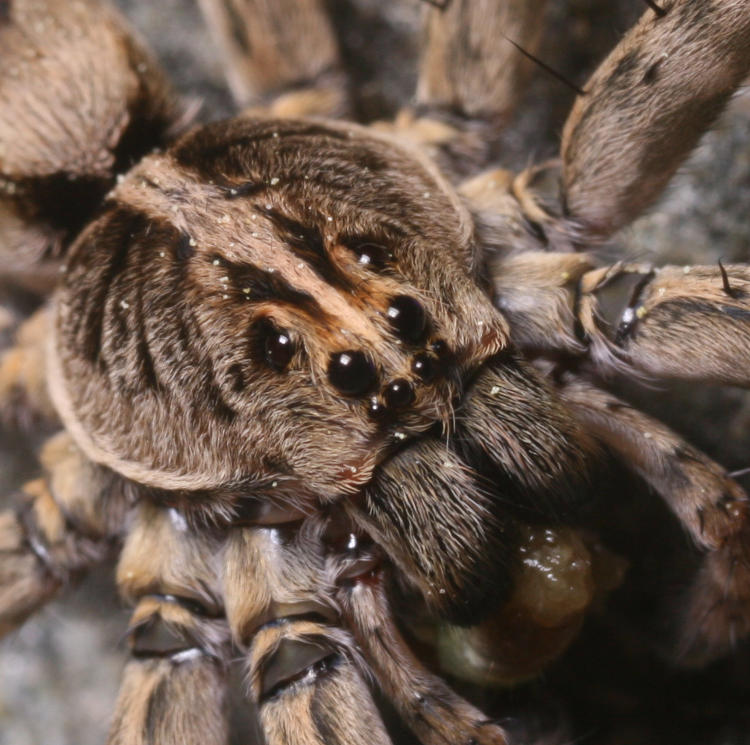



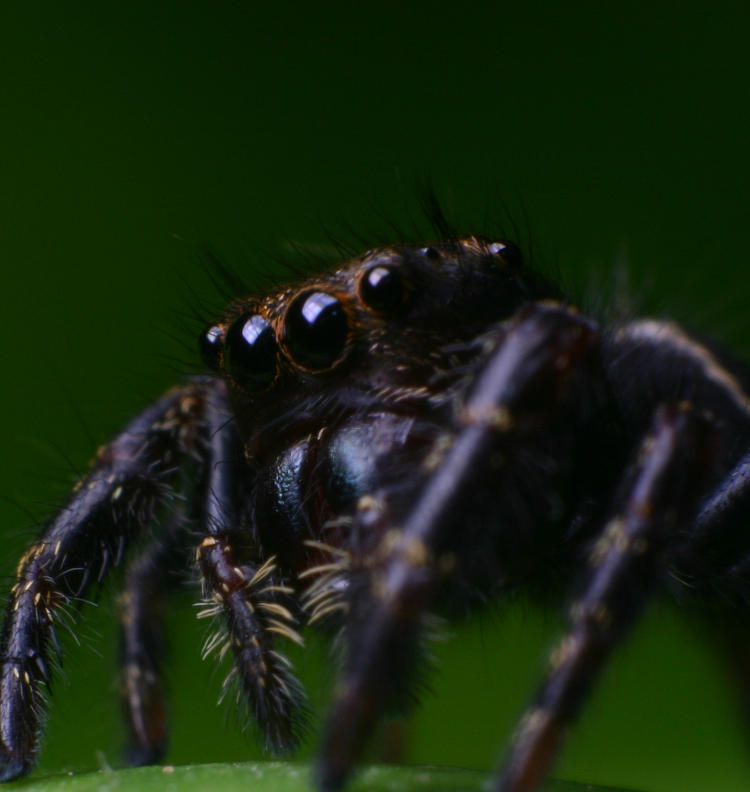



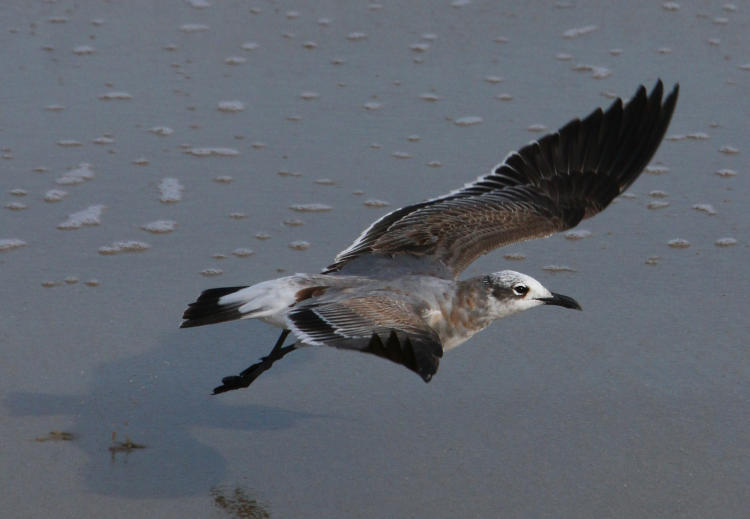

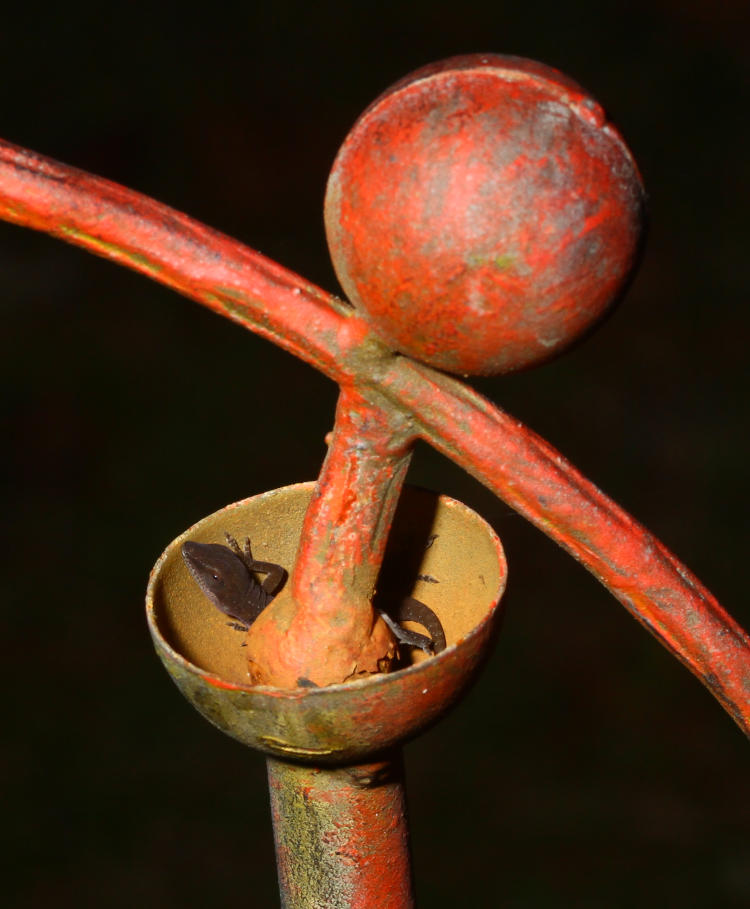

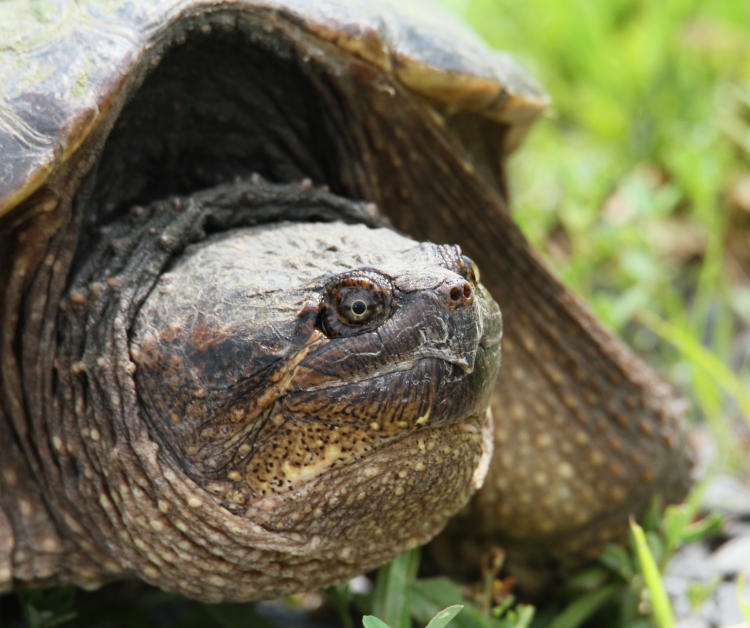

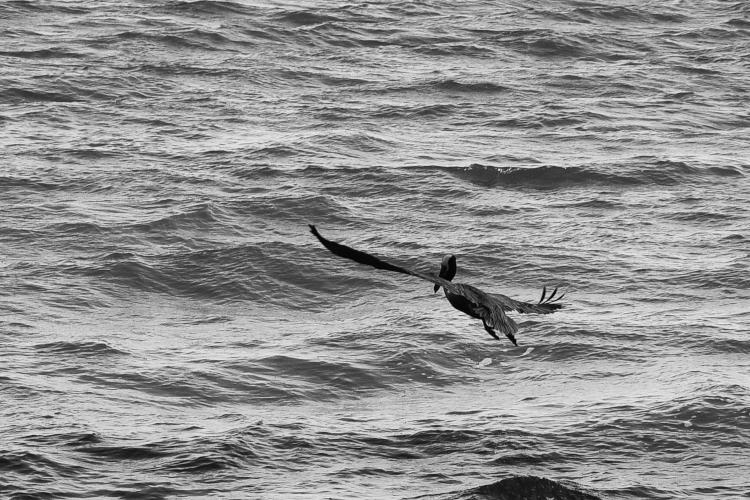


 As a bit of trivia, 3D printers can utilize a wide variety of materials, but the common, consumer models usually use simple plastic filaments, most often PLA (poly-lactic acid) – this is essentially corn starch, and is biodegradable. Which is good, because you go through a lot trying to get the feel for such jobs. And while it sounds like it wouldn’t be terribly durable, I can vouch that it’s as tough as many plastics, and inexpensive. You don’t want to know how many knickknacks I have on my desk, or the kind of things that I’ve made for others…
As a bit of trivia, 3D printers can utilize a wide variety of materials, but the common, consumer models usually use simple plastic filaments, most often PLA (poly-lactic acid) – this is essentially corn starch, and is biodegradable. Which is good, because you go through a lot trying to get the feel for such jobs. And while it sounds like it wouldn’t be terribly durable, I can vouch that it’s as tough as many plastics, and inexpensive. You don’t want to know how many knickknacks I have on my desk, or the kind of things that I’ve made for others…